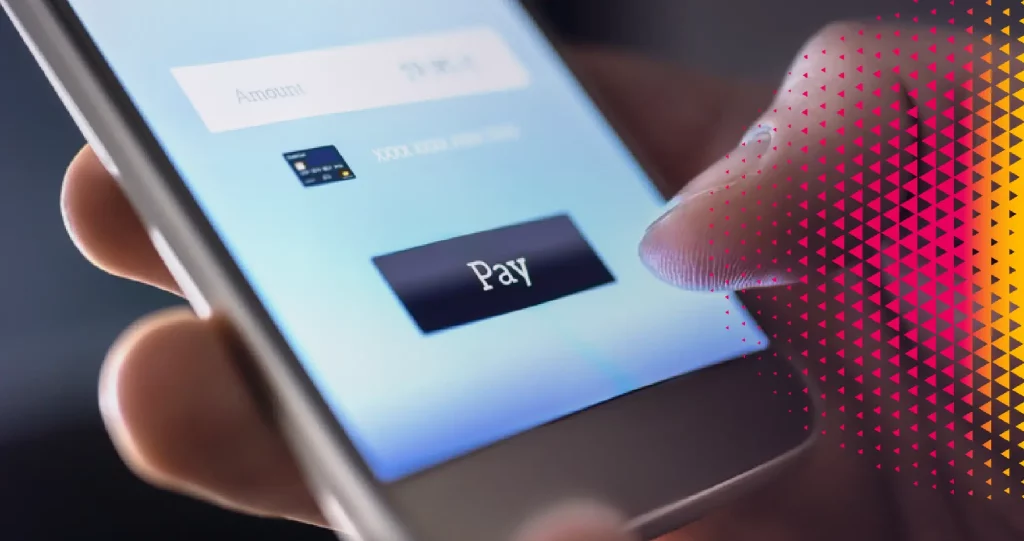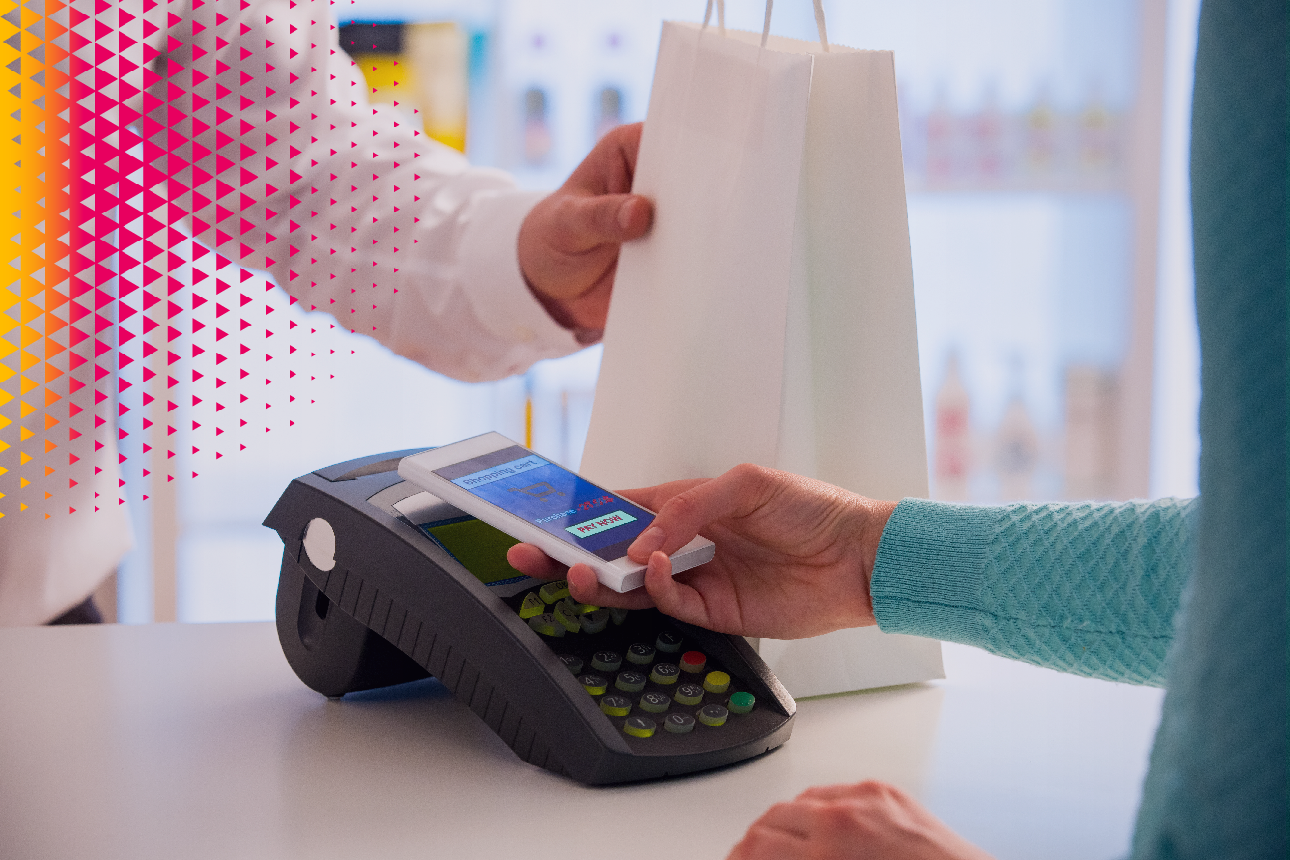What is Tap on Phone and why is it a revolution in retail payments?

Tap on Phone, Tap to Phone or Tap to Pay is one of the latest innovations in retail payments, dramatically changing the way retailers accept payments and providing a truly frictionless checkout experience.
Simply put, Tap on Phone allows any cell phone or tablet with NFC (Near Field Communication) technology to accept contactless payments without additional devices. So, instead of using traditional and costly dataphones, retailers can use their smartphones or tablets to accept contactless payments. Consumers need only tap their credit card or NFC-enabled mobile device on the retailer’s device to execute the payment.
There are more than 3bn NFC-enabled smartphones in use worldwide, and 85% of consumers state that they use NFC technology. So the interest being shown in the industry and by fintechs in particular for this new technology is not surprising, as it represents a logical evolution to further reduce the barriers to entry in payment acceptance.
How does Tap on Phone work, and is it secure?
It works very simply. For the customer, it is a similar experience to that of mobile payments using a dataphone. However, the big difference is that in this case this dataphone is not necessary.
- The store employee opens a Tap on Phone application on their smartphone and enters the amount to be paid.
- The customer brings their device or contactless card close to the employee’s mobile device.
- The payment is completed, and a digital ticket can be emailed to the customer.
Although there may be initial concerns about security, Tap on Phone is secure and reliable. Tap on Phone transactions follow the same process as a traditional dataphone and are protected with the same security offered by the EMV® chip card standard.
What does it take to turn a phone into a dataphone?
To turn a phone or tablet into a card reader, first of all an NFC-enabled smartphone is required. In addition, it is necessary to install one of the existing Tap on Phone compatible applications. These include VISA, MasterCard, Viva Wallet, Paytweak, Vibrant, SumUp, amongst others and there is a growing list of providers in the market, with which retailers will have to continue to sign contracts covering the processing of their payments and the software used.

What are the benefits of Tap on Phone for the retailer?
Tap on Phone is a game changer for small retailers, and especially those in emerging markets, as it significantly reduces the cost of handling payments by avoiding the investment in purchasing and maintaining dataphones. For pure eCommerce retailers, who only need to accept payments in person on certain occasions, it is also an interesting option.
Large chains can leverage these and other benefits of Tap on Phone, adding this option to their existing capabilities, such as clienteling and others, to provide an enhanced payment experience. In these scenarios, it will be critical to integrate your current mobile POS component, within your in-store software, with the retailer’s chosen Tap to Phone application. The goal will be to achieve a smooth and frictionless checkout process:
- The retailer registers the sale in the current mobile POS solution and proceeds to checkout.
- Here he chooses the Tap to Phone option as the payment method, which automatically opens the installed application, already with the corresponding amount.
- The payment is processed and control is returned to the current mobile POS solution.
As a practical example, the following video shows a simple scenario of our mobile POS within Orisha Retail Chains Store, our retail software for stores, working in this case alongside Paytweak’s Tap on Phone application and using Android mobile devices. We presented this solution at the Paris Retail Week show in Paris last September 2022, which is the subject of a previous article.
Discover also: The Evolution of Payment Methods Through the Ages
What to expect in the future?
Tap on Phone is emerging as a new option that offers greater accessibility, convenience and flexibility in payments. As more retailers adopt this form of payment, it is likely to become an industry standard, although today it still faces some issues that may slow its growth.
Among them is security. Many consumers today are already accustomed to payment with dataphones, which they consider secure, and may be wary of payment on a merchant’s mobile or tablet, especially in transactions requiring PINs. We will have to wait a little longer to see how consumers and retailers respond.



